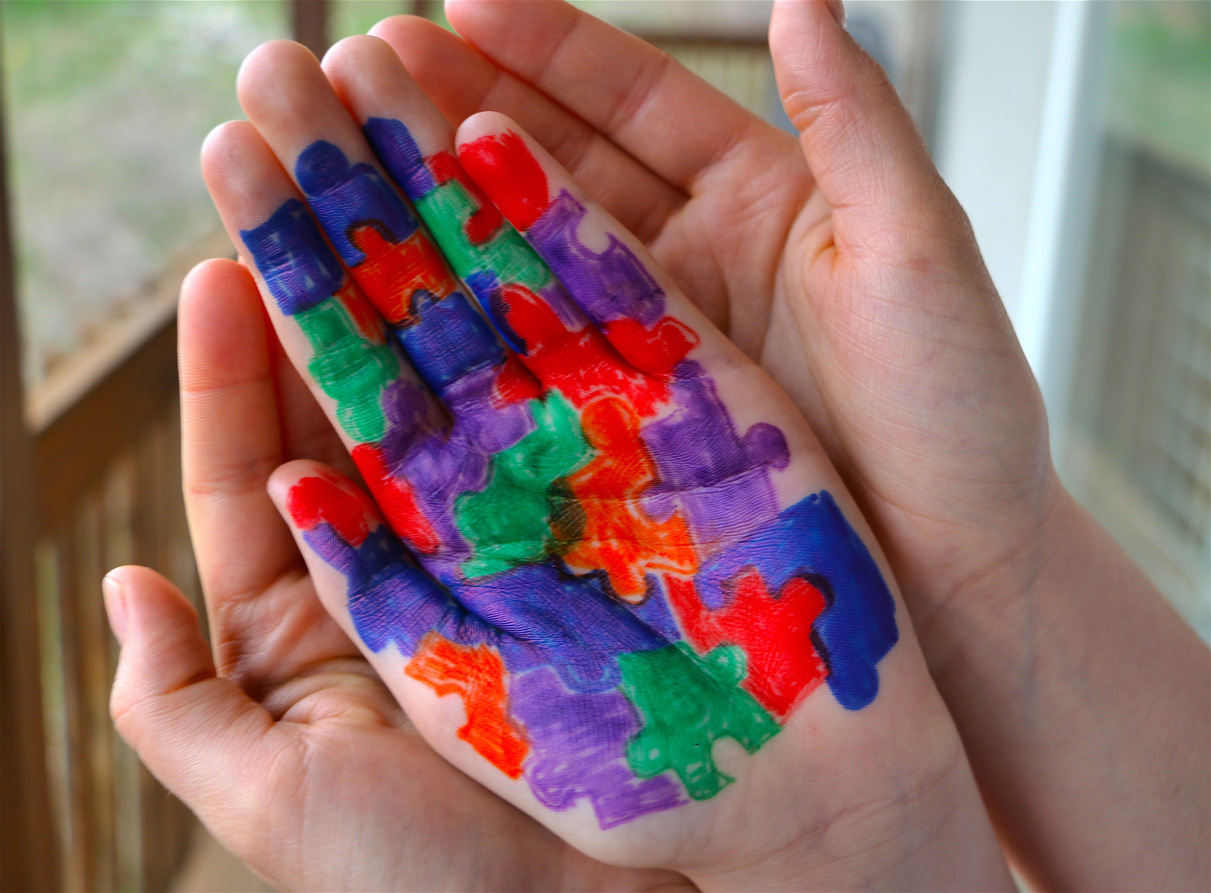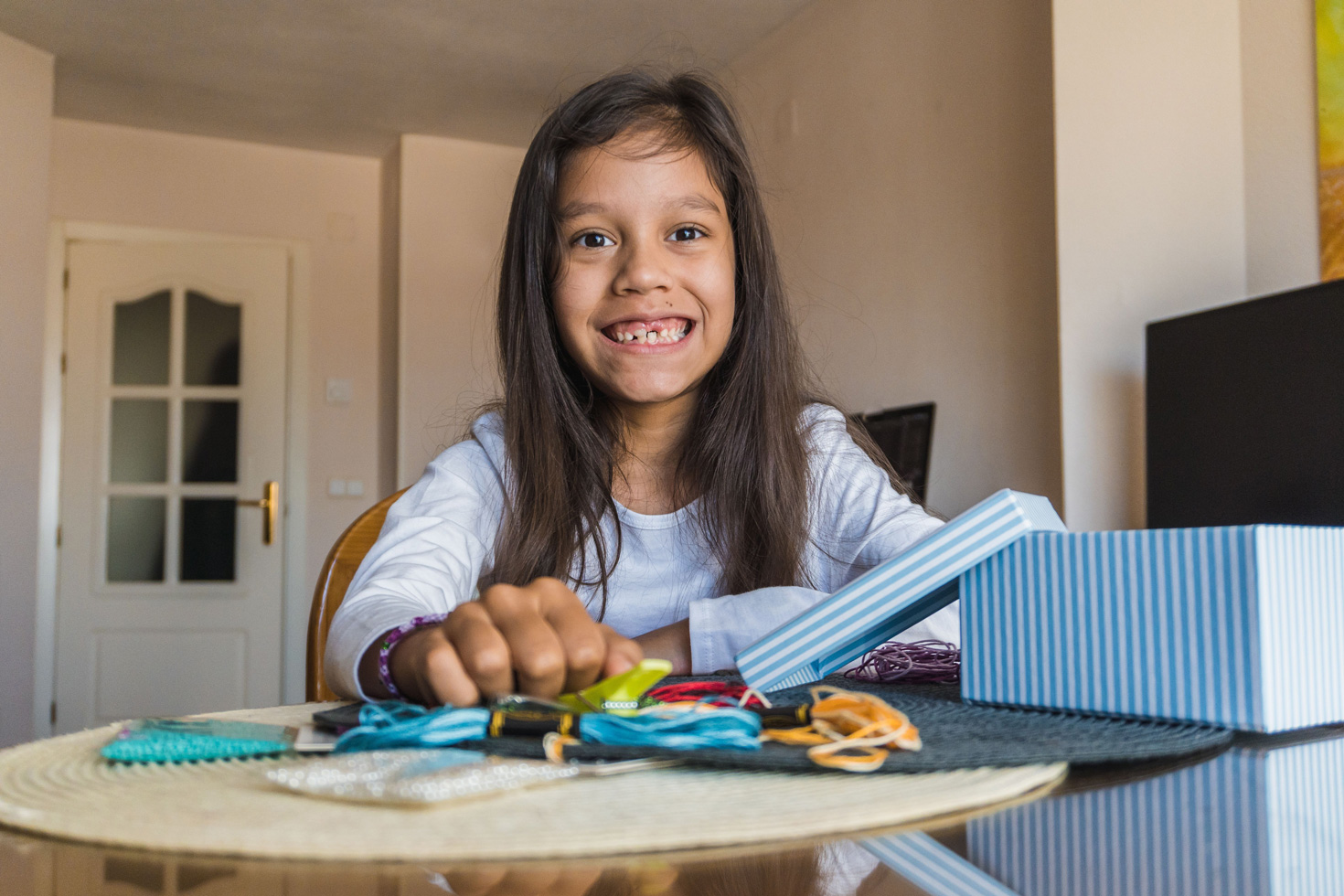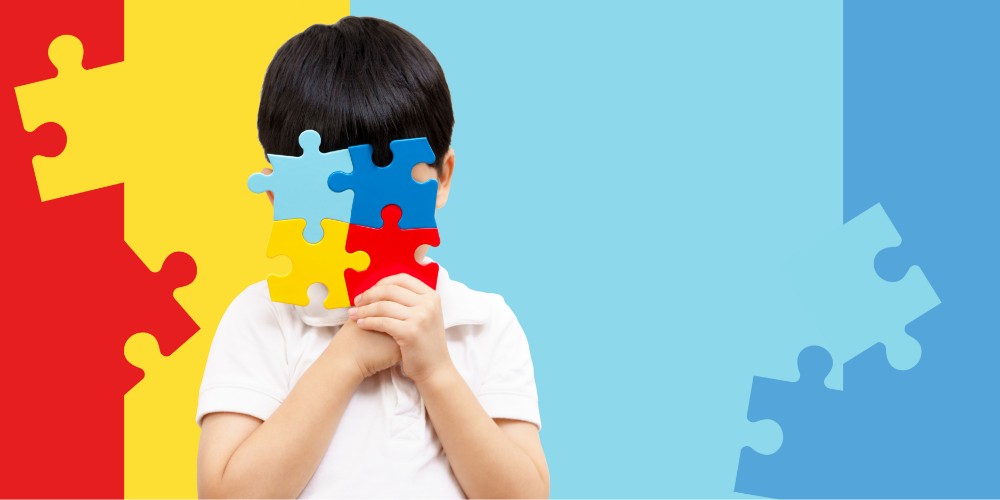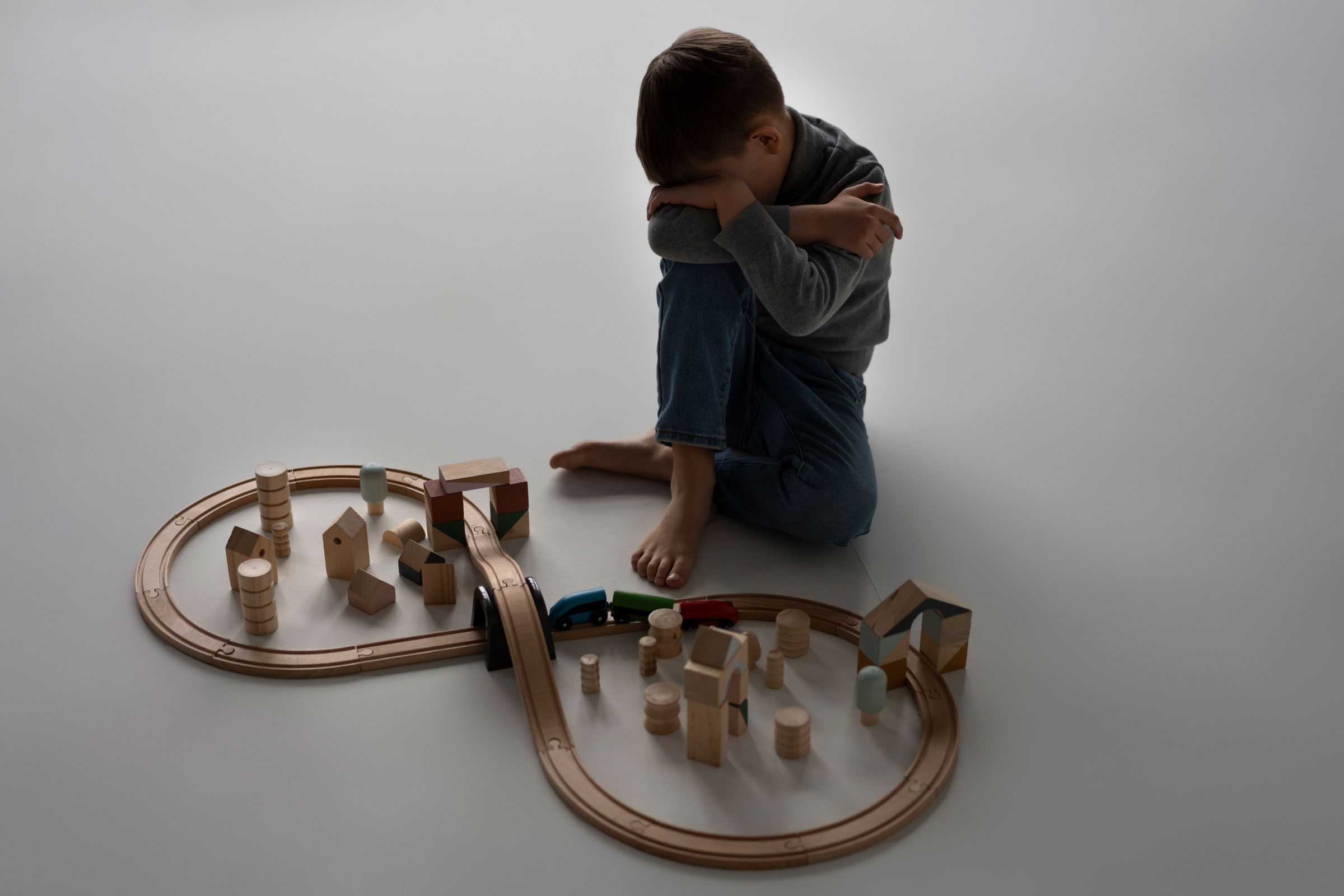 My Cart0
My Cart0
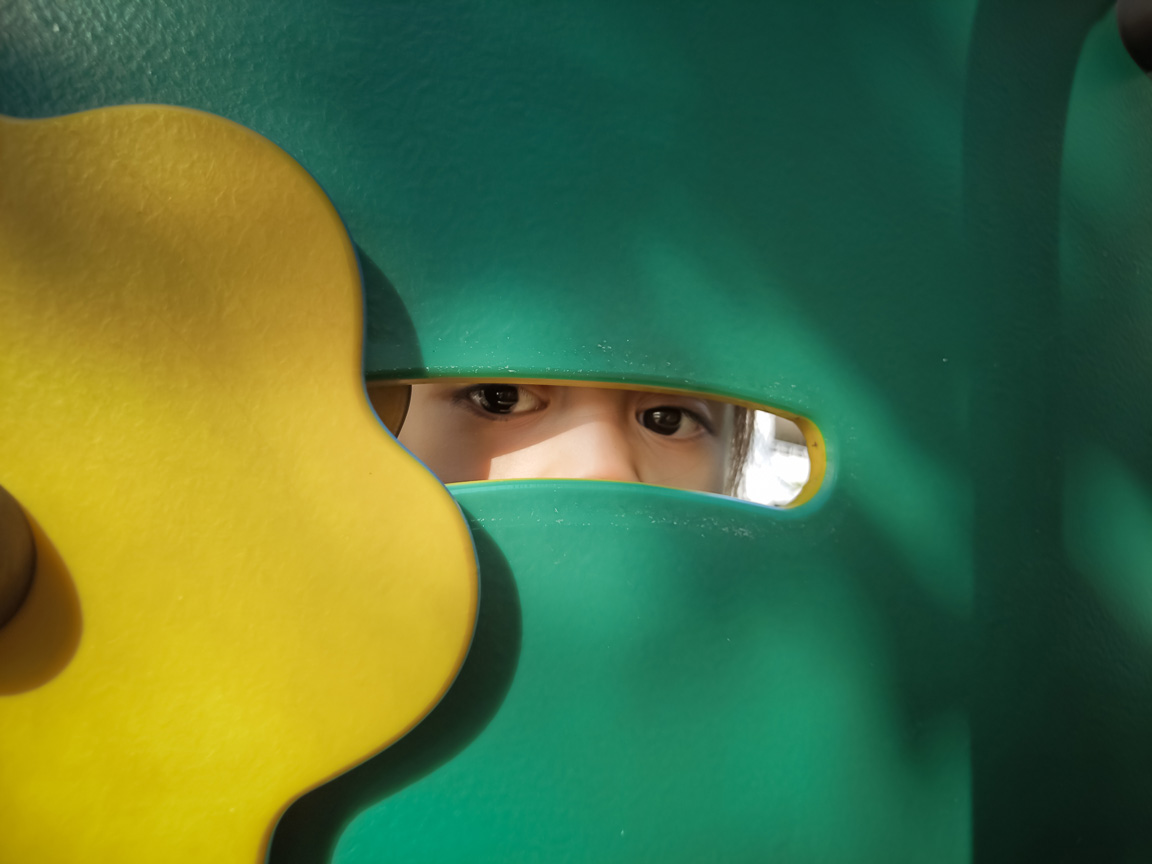
Autism Masking: What It Looks Like & Its Impact
Individuals on the autism spectrum often encounter distinct social challenges, particularly in environments that favour neurotypical behaviours. To navigate these situations, many adopt coping strategies—one of the most common being masking or camouflaging their autism traits. While this can help them blend into mainstream settings, it often comes at a significant emotional and psychological cost.
To support individuals with autism, it’s crucial to understand what masking is, why one may practice it, and the profound impact it can have on the person’s well-being and identity.
What is Autism Masking? A Simple Definition
Masking is a strategy that some individuals with autism use, either consciously or unconsciously, to appear non-autistic in order to fit in and gain social acceptance. This behaviour can occur in both formal settings, such as school or the workplace, as well as informal environments, such as at home or when interacting with friends.
Also referred to as ‘camouflaging’, ‘social camouflaging’, ‘compensatory strategies’, or ‘passing’, masking typically develops through observation: Individuals with autism may learn to mask by closely watching and imitating the behaviours of others, whether in real life or through media like television, movies, or books.
For those who mask, daily life can feel like a constant performance. It often involves hypervigilance and ongoing adjustment to the preferences, behaviours, and social expectations of others. This means carefully monitoring and modifying speech, facial expressions, tone of voice, and body language in response to real or anticipated reactions—both in the moment and over time.
What is High Masking?
While terms like “high functioning” or “low functioning” autism are frequently used to describe a person’s level of autism, some researchers find the terms inaccurate and overly simplistic. This is because these terms often fail to capture the experiences of the autism community.
Instead, the preferred terms are high masking or low masking, with high masking individuals showing few or no signs of traits typically associated with autism, allowing them to appear neurotypical.
Exploring Examples of What Autistic Masking Might Look Like
It’s essential to note that masking may vary from person to person. However, there are some common behaviours which often indicate that a person with autism is masking. This is how you know someone could be masking:
- Pretending to make or maintain forced eye contact during conversations
- Copying smiles and facial expressions to appear more socially typical
- Imitating gestures used by others
- Concealing or downplaying personal passions or interests
- Preparing and relying on practised answers for common questions
- Memorising conversation scripts to navigate social interactions
- Enduring overwhelming sensory input, such as loud sounds, without showing distress
- Hiding self-stimulatory behaviours (like tapping a foot) or replacing them with more discreet alternatives
Why Do Individuals with Autism Engage in Masking?
Individuals with autism may have various reasons why they engage in masking. This may include:
- Seeking social acceptance and fitting into mainstream environments
- Avoiding stigma, bullying, discrimination, or being misunderstood
- Trying to blend in or “pass” as neurotypical in everyday settings
- Meeting social norms to prevent exclusion or rejection
- Concealing discomfort in spaces that aren’t accommodating to autism, often to avoid drawing attention, being doubted, or being labelled as overly sensitive
- Navigating a world that often lacks understanding or acceptance of autistic traits
- Bridging the communication gap between autistic and non-autistic individuals (a dynamic known as the “double empathy problem”), especially when neurotypical interaction styles are treated as the default
- Managing school life while avoiding negative feedback or punishment for behaviours like stimming or needing movement
- Enhancing job prospects and maintaining stable employment
- Building and sustaining social connections, friendships, and relationships
- Because masking has become second nature or an unconscious habit over time
Prevalence of Masking Among People with Autism
A 2023 report by Singapore’s Ministry of Social and Family Development (MSF) revealed a concerning decline in public attitudes toward people with disabilities. Compared to 2019, positive perceptions dropped across the board, with autism experiencing the sharpest fall, from 69.9% to just 56.2%.
This decline in public acceptance could contribute to an increase in masking among individuals with autism. To avoid stigma, discrimination, or being treated differently, many choose not to disclose their diagnosis. Instead, they engage in masking behaviours to appear neurotypical, especially in schools, workplaces, and social settings.
However, masking often leads to hidden struggles. When autistic traits are not visible or acknowledged, individuals may be overlooked for support and accommodations they genuinely need. Over time, this can result in feelings of isolation, emotional exhaustion, and worsening mental health.
Who Tends to Mask More?
There are various factors that may indicate the likelihood of masking, which include:
- Gender – Women and girls with autism may be more likely to engage in masking than men and boys with autism. This may be influenced by societal sexism and stereotypes about how people are expected to behave. For example, while boys may be excused with phrases like “boys will be boys,” girls are often expected to act in more socially “appropriate” ways.
- Age at Diagnosis – Individuals diagnosed with autism in adulthood are often found to mask more than those diagnosed in childhood or adolescence, possibly because they spent more time navigating life without support or understanding of their condition.
Currently, there is limited research on how masking differs among individuals with autism. More studies are needed to explore how factors like gender, ethnicity, cultural background, and co-occurring learning disabilities influence one’s masking experience.
At What Age Does Autism Masking Start?
Masking often begins at a very young age. Many children with autism become aware early on that they are different from their peers. When those differences are noticed by others, it can sometimes lead to social exclusion or being labelled as “weird.” In response, many individuals with autism feel pressured to hide their true selves in order to fit in and avoid negative attention. This is when masking behaviours—consciously or unconsciously mimicking others to blend in—often start.
However, maintaining this façade can become increasingly difficult, especially during primary and secondary school years. As children grow older, they face more complex social expectations and life transitions. These changes can feel overwhelming, and over time, the mental and emotional toll of masking may cause signs of autism to become more apparent.
The Consequences of Masking
Oftentimes, masking occurs in environments where support for neurodivergent individuals is limited or where people with autism feel unsafe or under pressure to conform. While masking can offer some short-term advantages, such as helping individuals avoid judgment or fit in socially, it typically comes at a high personal cost.
Time spent trying to learn and imitate neurotypical behaviours takes away from opportunities for meaningful self-growth and development. Additionally, the constant effort required to mimic socially expected behaviours can lead to mental fatigue and social exhaustion, making it difficult to sustain everyday interactions.
Some of the ways long-term masking can affect individuals with autism include:
- Distressed behaviours, such as meltdowns or shutdowns, which often occur when an individual can no longer hold in their stress or finally feels safe enough to release it (for example, after returning home from school).
- Mental and physical exhaustion, which can build up over time and lead to autistic burnout.
- Mental health struggles, including an increased risk of suicidal thoughts or self-harming behaviours.
- Feelings of isolation and a sense of disconnection from others, even when surrounded by people.
- Increased vulnerability to abuse, especially if the person masks by suppressing their instincts and going along with others’ wishes—something that may place them at risk in unsafe situations, such as unwanted sexual interactions.
- A weakened sense of self, often due to years of hiding their authentic identity.
- Low self-esteem, stemming from constantly feeling the need to perform or be someone they’re not.
A Guide on How to Help Children with Autism Unmask Safely
For parents and guardians of children with autism, it’s important to promote an environment where the child can gain the confidence to advocate for themselves and learn how to unmask safely. To support them, consider these strategies:
- Allowing downtime after social or sensory-heavy activities.
- Working closely with the child’s educator and helping them understand the child’s masking tendencies
- Provide sensory-friendly tools that help children with autism relax and unmask
- Partnering with a therapist who can help kids with autism build confidence and advocate for themselves
Why Early Support Matters
In Singapore, early support plays a crucial role in a child’s development and emotional well-being. Programmes that focus on autism early intervention can help children build essential life skills while also addressing the invisible strain caused by prolonged masking.
If you’re looking for support tailored to your child’s unique needs, Exploring Mates offers personalised autism therapy in Singapore. Our team works closely with families to create safe, supportive environments where children can thrive authentically, without feeling the need to hide who they are.
Beyond therapy, we also offer a school readiness programme designed to prepare children for classroom environments. This programme builds key academic, social, and emotional skills in a supportive setting that recognises and respects masking behaviours, empowering children to transition into school life with greater ease and confidence.




